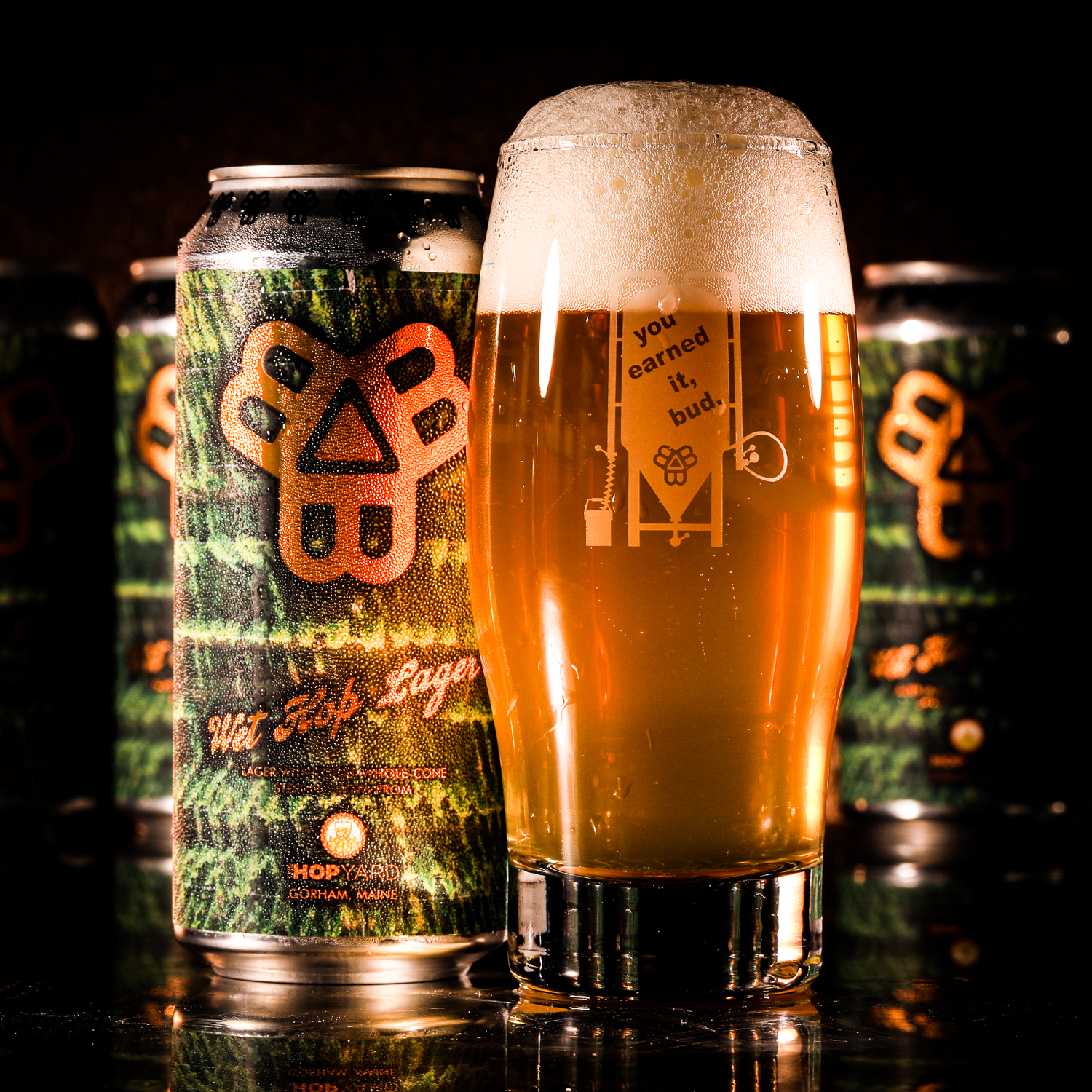

Unfortunately, no time frames are mentioned, so while all this information was certainly true for their brewing in the late 1930’s and early 1940’s, we cannot yet make the direct connection that Vienna lager in the 19th century must have used Saaz hops.

The text around it mentions that the brewery has been covering their demand using hops from Saaz, and praises Saaz as one of the best hop growing regions in the world. These hop bales clearly show the marking “SAAZ”. Assuming that this picture accurately shows the hop storage facilities at Schwechater brewery, we now have a direct connection showing that Schwechater has been using Saaz hops. One image in particular contained something very interesting: pictures of huge stacks of hop bales. While not having that much content, it still had some bits and pieces that gave away some information, including the beautiful water colour illustrations. When doing some research for my English-language book on homebrewing historic beer styles, I stumbled upon a Festschrift regarding 100 years of brewing Vienna lager, aptly named “Schwechater Lager”. That changed a bit when I visited the Schultze-Berndt library located at VLB and curated by the Gesellschaft für Geschichte des Brauwesens (society for the history of brewing technology) a few weeks. But so far, I did not have any conclusive proof that Kleinschwechater (later Schwechater) Brauerei indeed brewed with Saaz hops. Due to the geographical closeness, I made the point that most likely Saaz hops or a very closely related landrace would have been grown there. In that article, I mentioned that Kleinschwechater Brauerei used to own land in Michelob in Bohemia, close to Saaz, where the brewery grew barley and hops.

Two years ago, I did some research to put together a recipe that was meant to closely match what a Vienna lager in the 19th century would have looked and tasted like.Ībout a year ago, I also discussed the state of Austrian hops and how the hop growing industry had changed over time.


 0 kommentar(er)
0 kommentar(er)
